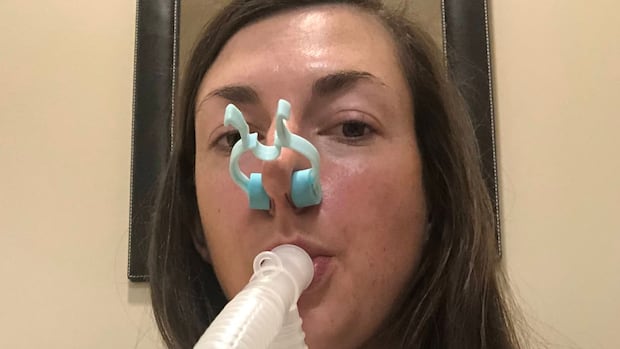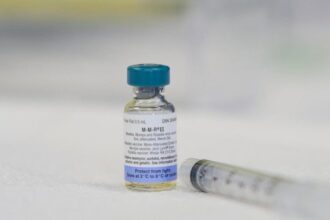The air we breathe has become increasingly scrutinized as researchers work to understand its complex impact on human health. In a groundbreaking study at the University of British Columbia, volunteers are literally stepping into chambers of pollution to help scientists measure how airborne contaminants affect our bodies—minute by minute.
“What we’re trying to do is understand the mechanisms,” explains Dr. Chris Carlsten, head of respiratory medicine at UBC and director of the Air Pollution Exposure Laboratory. “When someone breathes air pollution, what happens inside their body that leads to health effects?”
The laboratory, tucked away on UBC’s Vancouver campus, appears unremarkable from the outside. But inside, it houses specialized exposure chambers where participants breathe carefully controlled amounts of diesel exhaust or wood smoke—common pollutants in urban and rural environments across Canada.
Participants like Adrienne Macallum, a 26-year-old medical student, spend hours in these chambers while researchers monitor immediate physiological responses. “I was exposed to filtered air for two hours and then diesel exhaust for two hours,” Macallum recounts. Throughout the process, researchers collected blood samples and conducted lung function tests to track changes occurring in real-time.
The controlled environment allows scientists to isolate specific components of pollution and observe their immediate effects—something impossible to study in the real world where countless variables exist. Research volunteer Derek Jennejohn describes the experience: “You’re basically in a glass box with a bike. You can’t really smell or taste anything different, but you know you’re being exposed to these pollutants.”
The findings from UBC’s lab have significant implications for Canadian health policy. Recent studies from the facility have revealed how air pollution can affect gene expression within just two hours of exposure, potentially explaining the link between poor air quality and increased risk of respiratory and cardiovascular diseases.
“We’re seeing effects of diesel exhaust on the epigenome—how genes are expressed—after just hours of exposure,” says Dr. Carlsten. “This helps explain why we see increases in heart attacks, strokes, and asthma exacerbations on days with high pollution.”
The research comes at a critical time as wildfires across Canada continue to worsen, pumping unprecedented amounts of particulate matter into the atmosphere. Last summer, cities from Vancouver to Toronto experienced weeks of hazardous air quality as smoke drifted thousands of kilometers.
Dr. Sarah Henderson, scientific director of environmental health services at the BC Centre for Disease Control, emphasizes the growing concern: “We’re seeing more prolonged, more severe wildfire smoke exposures affecting larger populations. Understanding the biological mechanisms is crucial for public health response.”
The UBC lab’s work extends beyond academic interest into real-world applications. Findings are directly informing public health guidelines and may lead to more targeted interventions for vulnerable populations during pollution events.
For the volunteers, participation carries personal meaning. “I’ve always been interested in how the environment affects our health,” says Macallum. “Being part of research that could help communities affected by pollution feels important.”
As climate change continues to alter our environment and increasing urbanization exposes more people to anthropogenic pollutants, the work at UBC stands at the intersection of environmental and health sciences. The research team plans to expand their studies to examine how different pollutant mixtures affect diverse populations, particularly those with pre-existing conditions.
What remains clear is that our understanding of air pollution’s health impacts is still evolving. As scientists continue to map the body’s response to contaminated air at the molecular level, how might this knowledge transform our approach to urban planning, transportation policy, and environmental regulation in the coming decades?
























